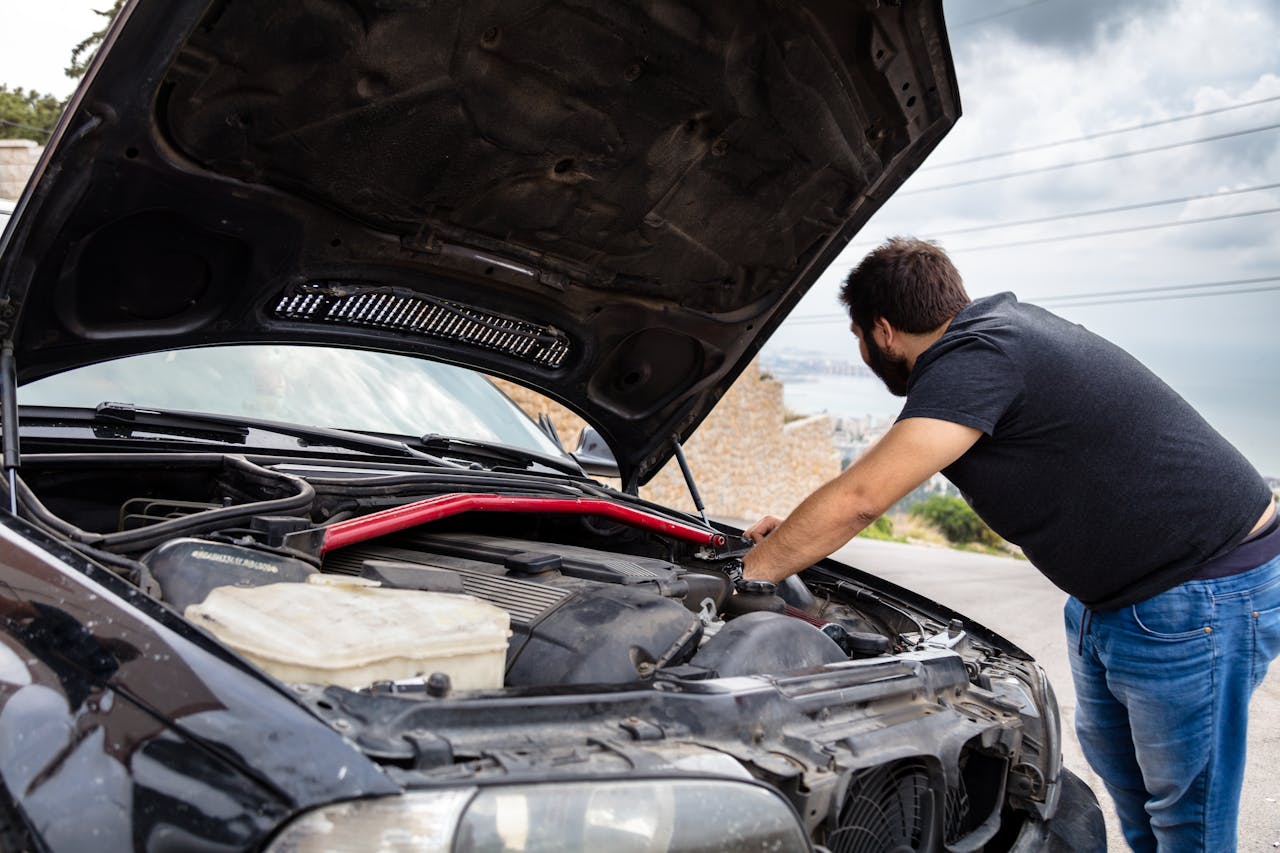Now Reading: Are Oversized Loads As Dangerous As They Look?
-
01
Are Oversized Loads As Dangerous As They Look?

Are Oversized Loads As Dangerous As They Look?
You’ve probably seen an oversized load barreling down the highway. The huge load looks impressive and you’re probably wondering if it’s safe to pass. Even if the truck driver waves you ahead, you’re probably still hugging the side of the road so you’re not driving too close to the large load.
So, are you overreacting? Are oversized loads actually as dangerous as they typically look? Well, guess what? There are some inherent dangers of oversized loads, and there are good reasons for you to exercise abundant caution.
Wide Loads vs. Oversized Loads
If you believe wide and oversized loads are the same, you’re not exactly incorrect. Legally, they’re the same regardless of what the caution banner proclaims. However, there are a few technical differences between wide and oversized loads.
A wide load is defined as cargo with a width wider than the trailer bed. Most trailers measure 8 feet across and a load wider than 8 feet is considered a wide load. An oversized load takes into account the shipment’s width, weight, height, and length. If any of these measurements exceed the state’s limits, it’s considered an oversized load.
For example, an oversized load can fit perfectly on an 8-foot trailer bed but its height may exceed state limits. Since it’s not larger than the trailer bed, the shipment isn’t considered a wide load. But, since its weight exceeds state highway limits, it’s labeled as an oversized load.
A quick note about oversized loads: states are responsible for setting height and width limits. The federal government handles weight limits. This is the combined weight of the truck, trailer, and load. Vehicles traveling on interstate highways can’t exceed 80,000 pounds. If the weight is over the limit, it’s automatically considered an oversized load.
Some examples of oversized loads you may see on state highways are:
- Manufacturing and construction equipment
- Agricultural equipment
- Boats
- Trucks
- Mobile homes
Something both types of large loads have in common is most are visible, meaning they’re not contained in a trailer. Instead, these loads are typically strapped to a trailer bed.
Regulations and Oversized Loads
If you’ve seen a truck carrying an oversized load, chances are, you noticed the banners, flags, and lights before anything else.
Escort vehicles are probably also shadowing the truck, usually in the front and back. Occasionally the escort vehicles drive beside the truck. The reason for all of the fuss is to help ensure other motorists are aware of the potential moving hazard. The warnings may also be required by law.
Along with federal guidelines, state, and local governments also have laws regulating oversized loads in their jurisdictions. The Federal Motor Carrier Safety Administration (FMCSA) is responsible for setting guidelines at the federal level.
Here’s a look at some of the guidelines set down by the FMCSA:
- The truck must have a valid permit to transport an oversized load. In other words, you can’t strap down a large load and send the truck off. You need to apply for and receive a special permit.
- The truck must display the required warning signs and lights. Yes, this requirement refers to the large banners you see displayed on the truck’s front and the trailer’s rear.
- Along with carrying a valid CDL license, the truck driver must also have specialized training in transporting oversized loads.
- The load must be properly secure and the weight even distributed to prevent shifting.
- The truck driver must stay on specific routes designated for wide and oversized loads. This requirement is in place to help minimize any impact on other motorists and the environment. For example, oversized loads can degrade roads over time. By designating specific routes, municipalities can help preserve the integrity of their roads.
- If the load measures over 12 feet, the truck must use escort vehicles.
Remember, these are only a look at some of the federal requirements. State and local governments can also have restrictions in place like height, weight, and width requirements limiting where trucks with oversized loads can go.
Potential Dangers of Oversized Loads
Oversized loads can present a hazard to the truck driver and other motorists. You’re probably not going to have a problem seeing an oversized load, especially when the warning lights are flashing. However, this doesn’t mean there aren’t potential dangers. The excess weight can lead to a potentially catastrophic accident.
Some of the common types of accidents involving trucks with oversized loads include:
- Shifting loads: If a load is properly secured, it can shift during transport. The size and weight of the shifting load can cause the truck driver to lose control resulting in a traffic accident. Not to mention potential damage to the cargo. The load can also shift enough to strike a passing vehicle.
- Collisions: If a passing motorist gets too close to the large load they can clip the cargo causing an accident. If the truck driver isn’t paying attention to width and height limits on bridges and overpasses, they can strike the structure causing damage to the infrastructure.
- Falling debris: Not securing a load can lead to falling debris that creates road hazards for other drivers.
Rollovers are another potential danger associated with transporting large loads, especially if the shipment’s weight isn’t properly distributed across the trailer.
The excess weight can cause a truck to roll over, sometimes on top of another vehicle. Injuries and property damage from a rollover accident are generally severe. Fatalities can also occur.
Protecting Your Rights After an Accident with an Oversized Truck Load
If you’re involved in an accident with a truck carrying an oversized load, you’re often entitled to seek compensation for your damages. However, determining liability isn’t always easy. The truck driver may not be the individual at fault for the accident. For example, if a load isn’t properly secured, the fault may be with the trucking company or parties responsible for loading the truck.
Navigating an accident claim involving a truck carrying an oversized load can be complex. To help guarantee that your injury claim moves along smoothly, it’s a good idea to work with an experienced accident attorney. Your attorney can help determine blame and ensure you receive compensation for your damages.









